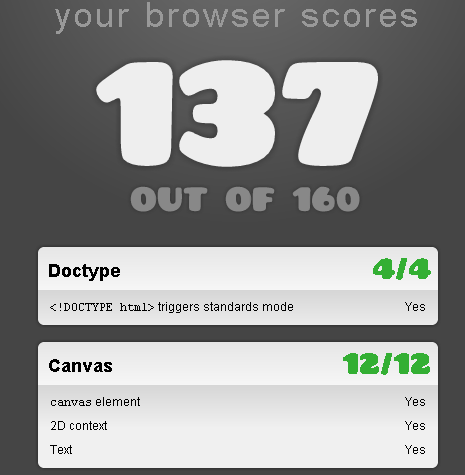
Next, in your JavaScript, initiate the jPlayer instance when the document is ready. First, you need an HTML element to attach the jPlayer instance to, in the DOM. Getting an audio player working is fairly simple. To get started with jPlayer, read its documentation and take a look at some of our code. JPlayer is an unfortunately heavy dependency, as it also provides support for video and a whole skinning interface that is not as useful for our purposes, but its audio playback has proved fairly bulletproof for us. Below, I will focus largely on HTML5 audio and walk through how NPR develops with audio, including solutions to some of the problems we have run into while developing. Working with audio can be frustrating without the right infrastructure set up. But it is not quite ready for prime time, as we will get into later. The newest audio technology, the Web Audio API, gets around all of those limitations. You can’t access the data behind the sound, such as frequency or volume data. HTML5 audio is like a stereo-you can put audio in it, and you can stop, skip around, pause and play those sounds, but you have no way of getting at what is really in that sound. You can give an tag an MP3 file and expect it to play in every modern browser, including IE9 and up.īut HTML5 audio has many limitations. Cutting MP3s, OGGs, and WAVs of every audio file you wanted to use made the editing process much more tedious.įinally, in 2015, HTML5 audio-based solutions are stable and simple enough. It even got around the pesky audio codec issue by allowing you to supply multiple source files for each audio tag.īut for years, browser support for the HTML5 audio lagged behind, and determining which codecs you needed to provide for your audio files seemed an impossible task. A semantic way to include an audio file, just like you might include an image. With the advent of HTML5 came a new, native option for audio in the browser: the humble tag.
#Html5 audio file browser compatibility code
Click to download the HTML5 audio files and code 2. Older non-HTML5 web browsers use the fallback 'object' and 'embed' mp3 player code. But Flash quickly followed, and for a long, dark period of the web, the only way to reliably use audio (I’m told-I was like, 12) was to embed it in a Flash player. Download the 'Audio-HTML5-code.zip' and follow the instructions below, or in the 'README-music.txt' in the download. So fraught was the tag, Netscape and other browsers of the time didn’t even attempt to implement it. This is also known as the worst possible way to use audio on the web, or That MIDI Version Of “Stairway To Heaven” On Every Geocities Page. Microsoft implemented the tag in Internet Explorer 4.0 as a way for a web page to autoplay an audio file when a page loaded. The first web browser to implement audio was-shockingly-Internet Explorer. It can be used on any page which has links to downloadable audio files.Audio on the Web: A Brief, Frustrating History This bookmarklet adds an audio player to play linked audio files on any page. It provides a consistent html player UI to all browsers which can be styled used standard css. It uses native where available and an invisible flash player to emulate for other browsers. A great tool which can also play videos.Īudio.js is a drop-in javascript library that allows HTML5’s tag to be used anywhere. Jplayer is a jQuery plugin which have been my audio player of choice for several months because of its simplicity. Want to see what you can do with Sound Manager 2? Then visit for an awesome demo! Using HTML5 and Flash, SoundManager 2 provides reliable cross-platform audio under a single lightweight (10 kb) JavaScript API.

It have lots of useful features, such as a way to protect your audio from being hijacked by using a beep overlay, which is a great solution for commercial uses. But it’s cheap ($5 only!) and works well. This player is the only one from the list which isn’t free.

The player works perfectly on all recent browsers. Speakker is cross-browser compatible and have a Flash fallback for old browsers.Īnd two different button sets for light and dark themes.Īre you using Mootools on your website? If yes, you’ll probably enjoy this player, made with HTML5 and the Mootools JavaScript framework. Speakker is super easy to set up and comes out of the box in two variations and with incredible options of customization: Flexible dimensions, unlimited colors, etc… Here is a great player, probably my favorite from the whole list. Great to use when you do not need playlists or any fancy effects! Speakker


This player is very minimalist but works well. → Visit Scott Andrew’s HTML5 audio player Media Element is skinnable, and offers plugins for popular platforms such as WordPress, Drupal, Joomla, etc. Older browsers are supported by Custom Flash and Silverlight players that mimic the HTML5 MediaElement API. MediaElement is an audio an video player which is written in pure HTML5 and CSS.


 0 kommentar(er)
0 kommentar(er)
